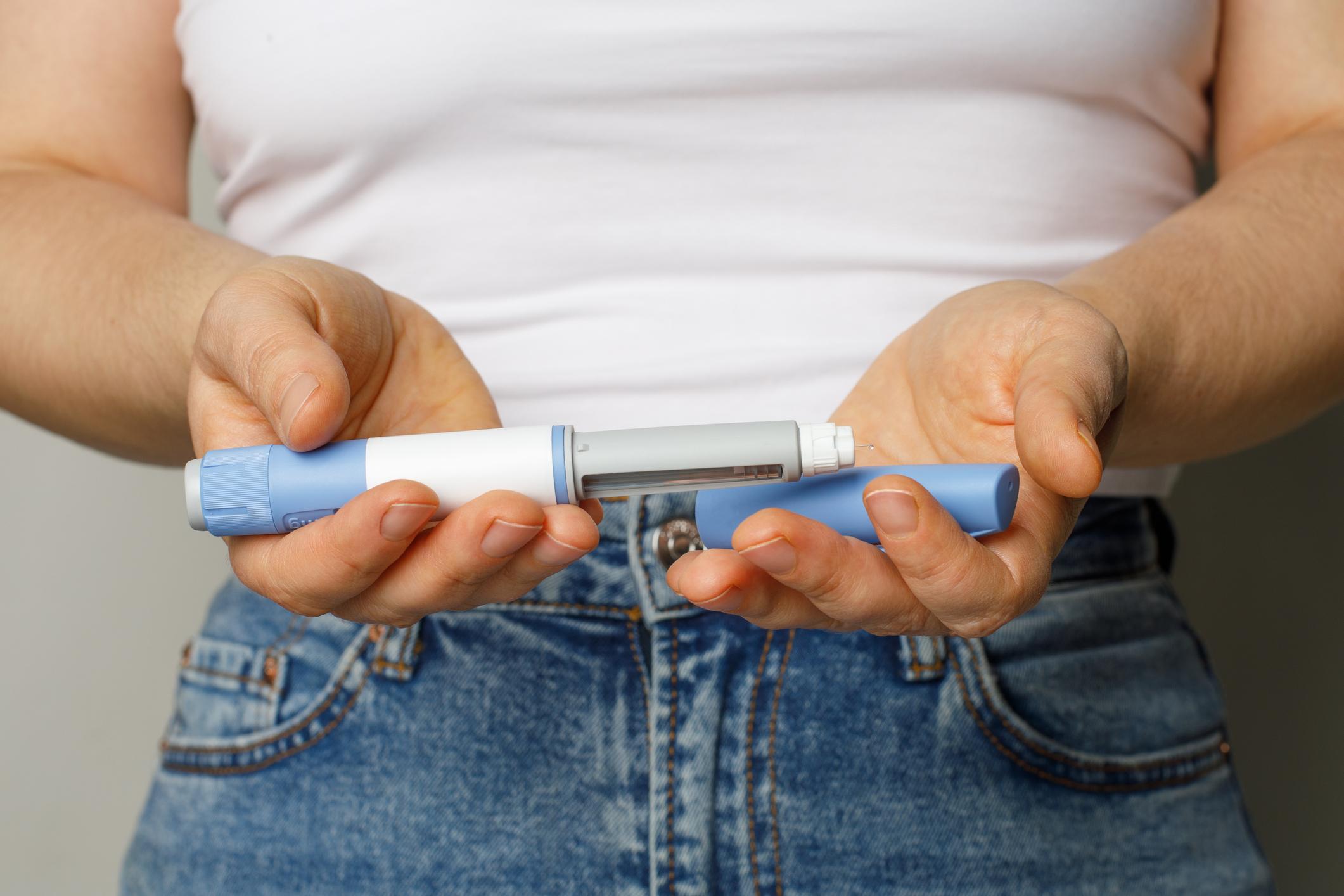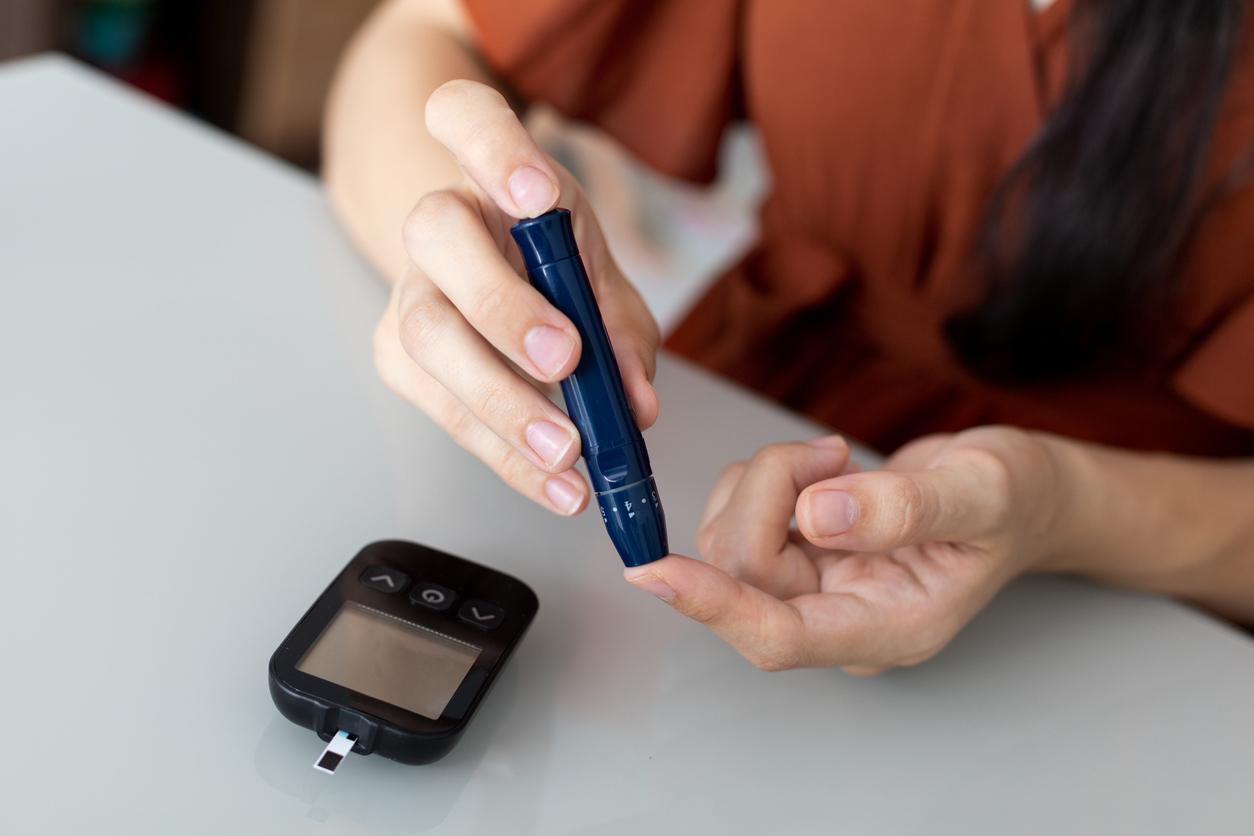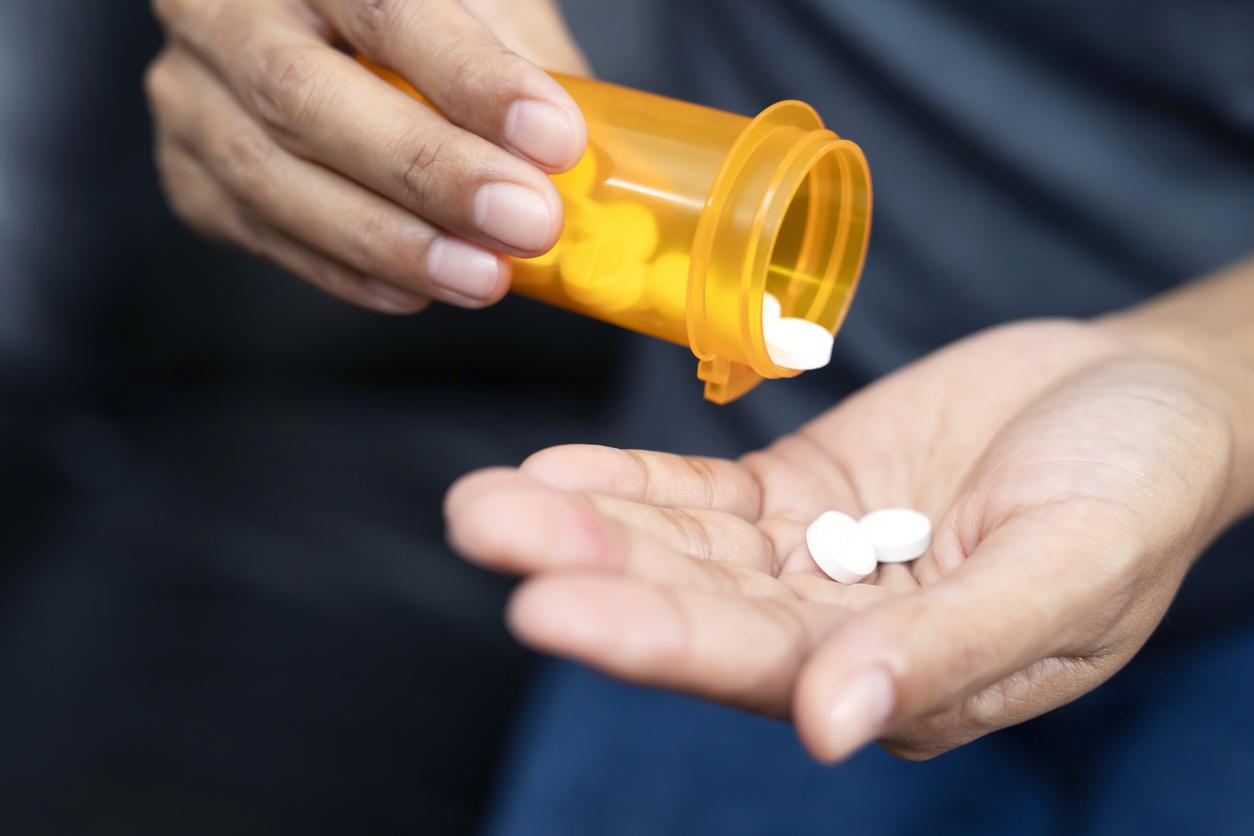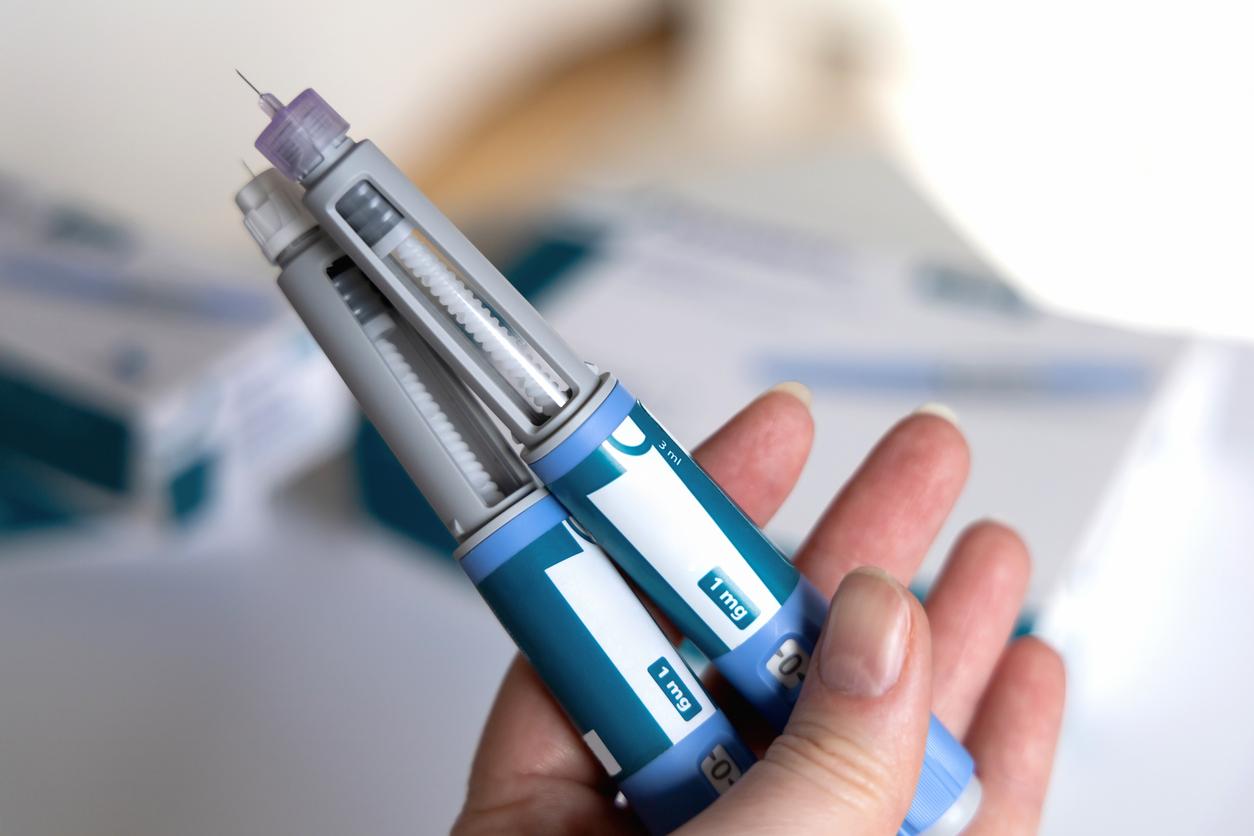The World Health Organization (WHO) estimates that diabetes will be the 7th leading cause of death in the world by 2030. By that time, 79 million adults with type 2 diabetes, or 90% of diabetes cases, will then need insulin. However, if the access rates remain the same, half of them will not be able to use them to manage their disease. This is what a study denounces published in the journal Lancet Diabetes and Endocrinology this November 21.
An increase in the number of cases by 2030
The research team at Stanford University (USA) studied changes in diabetes rates over the next 12 years, using data from the International Diabetes Federation and 14 studies. They have thus shown that the number of diabetics should drop from 406 million adults in 2018 to 511 million in 2030.
In question ? ” […] aging, urbanization and related changes in diet and physical activity ”says Dr. Sanjay Basu, professor of medicine at Stanford and director of the study interviewed by CNN. Because, the researchers point out, type 2 diabetes is strongly linked to lifestyle, and therefore to obesity, a poor diet or a lack of exercise.
Access to insulin for 38 million diabetics
Scientists have also predicted, based on the increase in the number of cases, how much insulin will be needed in 2030. They assume that not all people with diabetes will need insulin for their diabetes. Out of 511 million patients, they estimate that 79 million people will need access, i.e. a 20% increase in demand. However, according to current resources, only 38 million will really be able to dispose of it.
“These estimates suggest that current levels of insulin access are grossly inadequate compared to projected needs, particularly in Africa and Asia, and that further efforts must be made to address this impending health problem.”, warns Dr Sanjay Basu. But according to the study, the treatment is expensive and remains dominated by three manufacturers. “Unless governments take initiatives to make insulin available and affordable, its use will still be far from optimal”, he concludes.
Read also :
- Type 2 diabetes: first signs 20 years before diagnosis
- Type 2 Diabetes: When Are Medications Prescribed?
















